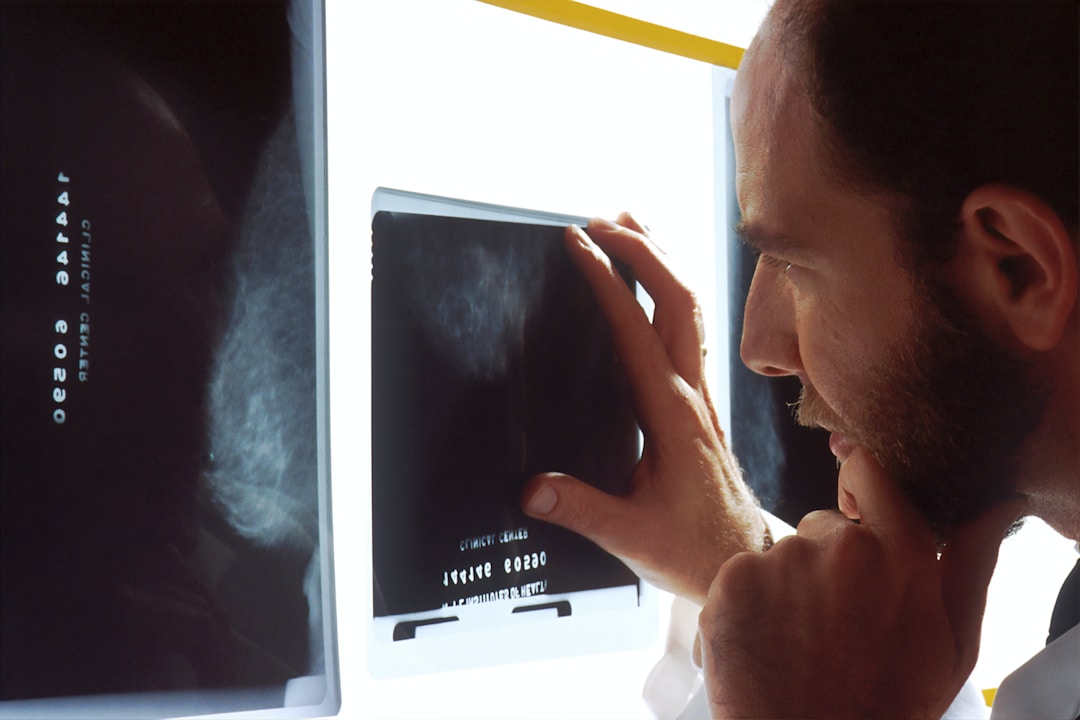If you’ve been to your primary care doctor in the past couple of years, it’s highly likely that they may have referred you to a specialist doctor, or hinted at the fact that you should see one. Specialty doctors are trained in a specific branch of medicine. This advanced training is what qualifies them to diagnose and treat complex health problems that primary care physicians may not be able to.
This being said, what symptoms suggest that you may need to see a specialist? Below, we explore three common indicators.
1. You’re concerned about your mental health.

Knowing when to see a mental health professional—psychologist, psychiatrist, counselor, psychotherapist, psychoanalyst, or addiction counselor—can be hard sometimes. This is because everyone goes through hard times, and this makes it difficult to know when talking to a professional could help.
In 2019, the National Institute of Mental Health, (NIMH) found that approximately one in five adults—51.5 million people—in the United States live with a mental health issue. Some of the common mental health disorders that this study found include anxiety disorders, depressive disorders, bipolar disorders, and substance use disorders. Taking this into account, it may be time to see a specialist if you’re having trouble managing your emotions, grieving, losing interest in activities you once enjoyed, or interested in changing harmful thinking and coping patterns—to mention a few reasons.
Finding a mental health professional can be daunting, especially if you’ve never seen one before. To find the right therapist, try using verified websites like the American Psychological Association’s Psychologist Locator. You can also use your state’s psychological association’s online directory, or ask your primary care doctor to recommend someone they trust.
If you or someone you love are looking for depression treatment California, we recommend the Anxiety & Depression Center in Southern California. This depression treatment center provides patient-centered cognitive-behavioral therapy (CBT) for grown-ups, adolescents, and children with behavioral, mood, and relationship struggles.
Through patience and the context of a collaborative and trusting patient-therapist relationship, CBT helps you change the negative thought patterns that can cause you to spiral into an anxious and depressive state. Through CBT, you can gain the skills to identity, challenge, and replace these self-defeating thoughts with more objective thoughts.
2. You need a second medical opinion.

If you’re uncomfortable with your primary doctor’s recommended treatment plan or diagnosis, you should seek a second medical opinion. Trust your gut, do your research and gain more information about your medical condition.
If you’ve been living with a spine condition, such as cervical spinal stenosis, scoliosis, disc protrusion, and your spine specialist suddenly recommends a new course of treatment, it makes sense for you to want to consult other spine experts.
Getting a second opinion is a great way for you to become more involved in your treatment. By understanding your condition, not only do you make an informed decision about your course of treatment, but you also feel more confident in the fact that you’ve considered all of the treatment options available to you.
Before your appointment with your second doctor, contact their office to confirm what medical records you should bring with you. If your primary care doctor referred you to the second opinion spine expert, confirm that they forwarded your medical records to the new doctor’s office.
Also, come prepared with a set of questions about your condition. Not only will these questions guide your consultation, but also ensure that you leave the appointment with a better understanding of the spine surgeon’s second opinion.
If you’re in the New Jersey area and are looking for a second opinion from a certified spine surgeon, look into the Centers for Neurosurgery, Spine, and Orthopedics. With impressive software like an online patient portal that provides access to your medical records, they can easily schedule you for a consultation without any hassle on your part.
3. You’re not seeing any results.

Say you injured your kneecap at the gym after lifting heavy weights or due to having improper form—it happens. You put some ice on it, and power through sporadic jolts of pain for a couple of days. After some time, the pain becomes unbearable and you decide to see your doctor about it. However, for whatever reason, your doctor can’t seem to find any cause for serious injury or pain.
It’s important to note that gym injuries happen more frequently than you think. You can injure yourself in all sorts of ways at the gym. Some common gym injuries include wrist pain, shoulder injuries, shin splints, tendinitis, and more. If you’re experiencing knee problems and feel that your primary doctor isn’t getting to the bottom of them, it may be time for a specialist, like a sports doctor.
Always keep in mind that it may take more than one specialist doctor to treat complex medical conditions.

